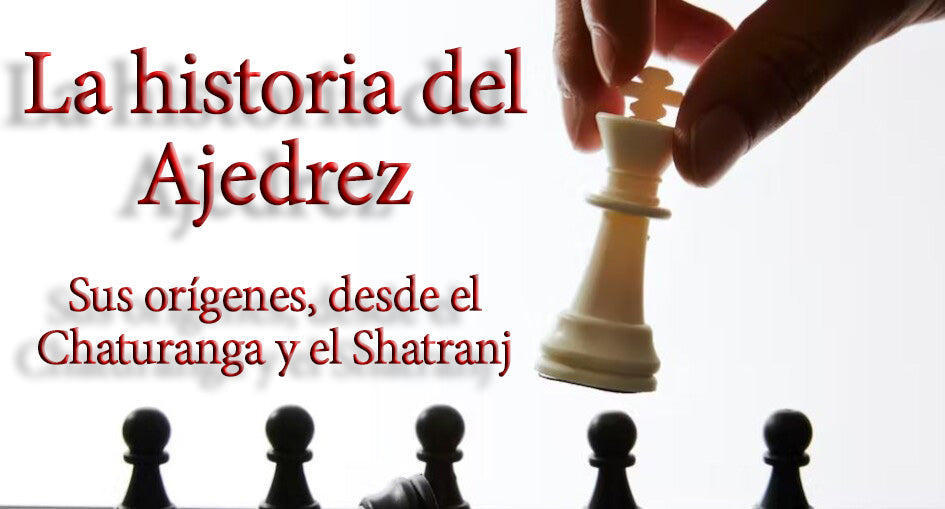The language of color in medieval clothing
In the Middle Ages, color wasn't just a matter of aesthetics. It was a visual code laden with symbolism that reflected social status, religious beliefs, and cultural norms. Choosing the color of a garment could be as important as its shape or fabric. Below, we explore the main colors used in medieval clothing and their real historical significance.
Check out our clothing collection!
 |
 |
 |
🔴 Red – Power, faith and distinction
Red was a symbol of authority, status, and religious fervor . Worn by nobility and clergy on solemn occasions, it evoked strength, passion, and martyrdom. The most intense and brilliant versions of this color were reserved for those who could afford the most expensive dyes, making it a true sign of prestige.
🔵 Blue – Nobility and spirituality
Blue went from being a humble color to one associated with loyalty, devotion, and nobility . Over time, it became the preferred color to represent religious figures, especially the Virgin Mary, which imbued it with profound spiritual significance. It was also adopted by kings and nobles as an emblem of dignity and confidence.
🟢 Green – Nature, youth and ambiguity
Green represented hope, fertility, and youth , but it also had a more ambiguous hue: sometimes it was associated with instability, magic, or the supernatural. It was popular in everyday clothing and among hunters and troubadours, reflecting a connection with nature and the changing world.
🟡 Yellow / Gold – Wealth and contradiction
Gold evoked divinity, luxury, and royalty . It was the color of celestial light and the powerful. Yellow, on the other hand, had a more complex symbolism: it could represent prosperity, but was also linked to betrayal, exclusion, or greed , depending on the social and religious context.
⚪ White – Purity and innocence
White was synonymous with spiritual cleanliness, innocence, and peace . Worn in religious ceremonies and by people in states of purity (such as novices or brides), it also reflected the difficulty of keeping clothes clean, thus indicating a certain level of care and status.
Check out this medieval blouse!
⚫ Black – Humility turned into power
Initially, black was the color of penitence, mourning, and humility , especially used by monastic orders. However, in the Late Middle Ages, it began to transform into a symbol of elegance, sobriety, and authority , adopted by merchants, jurists, and nobles seeking a refined and serious image.
🟣 Purple – Royalty and exclusivity
Purple was one of the most expensive colors to produce and, therefore, one of the most restricted. It represented supreme power, dignity, and divine right . Only kings, emperors, and high-ranking church officials could wear it, making it the color most associated with sovereignty.
⚙️ Brown / Gray – Modesty and everyday life
Natural shades like brown or gray were common among peasants, artisans, and monks. They were practical, simple, and economical colors that reflected humility, functionality, and a lack of ostentation . For some, they also represented a life of work, contemplation, or devotion.
Don't miss this great medieval dress!
Summary of colors and meanings
| Color | Main meaning | Typical historical use |
|---|---|---|
| Red | Power, martyrdom, status | Nobility, clergy, solemn ceremonies |
| Blue | Loyalty, holiness, nobility | Royalty, clergy, religious devotion |
| Green | Youth, hope, nature, ambiguity | Everyday clothing, troubadours, literature |
| Yellow/Gold | Prosperity / betrayal, exclusion | High society, social signals |
| White | Purity, spirituality, innocence | Rituals, brides, clergy |
| Black | Mourning, humility → elegance and authority | Monks, nobles, bourgeoisie |
| Purple | Royalty, divinity, hierarchy | Kings, high ecclesiastical officials |
| Brown/Gray | Modesty, simplicity, daily life | Peasants, monks, work clothes |
Color in medieval clothing was much more than decoration: it was a powerful symbol that communicated identity, purpose, and hierarchy. Understanding this color language allows you to see the past through fresh eyes. Plus, if you work with historical reenactment, costume design, or sell medieval items, applying this knowledge adds authenticity and value to everything you offer.
And you? Which medieval color best represents you?









